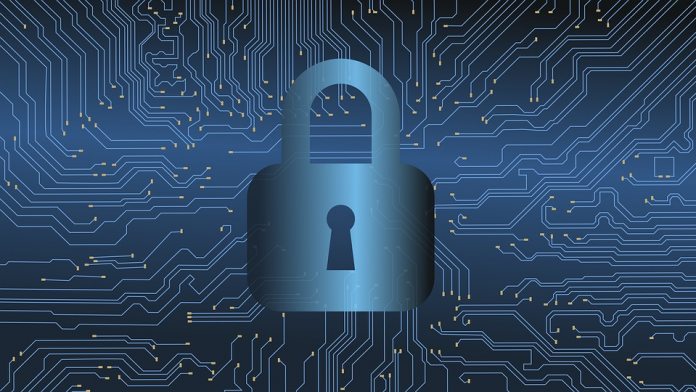If you were one of the millions of users affected by the Equifax megabreach, the email you have received offering a settlement is the real deal. However, it may only be available for a limited amount of time.
In 2017, hackers stole data from one of the leading top credit reporting companies in the United States, Equifax. The breach led to the financial and personal information of up to 143 million citizens becoming accessible to threat actors. That was close to half of the U.S. population.
Included in the data were names, Social Security numbers, birthdates, addresses, credit ratings, and credit card info. It was a treasure trove for identity thieves and scammers.
As an investigation began, the company’s CEO issued a groveling apology. Even so, the investigation led to a class action lawsuit from consumers against the credit reporting bureau. Equifax agreed in 2019 to settle all those cases and pay up to $425 million to the affected parties.
The package included the ability for consumers to apply to get at least three years of credit monitoring from all major bureaus, Equifax among them (alongside TransUnion and Experian). Consumers could also alternatively recoup up to $125 in a cash payment.
Settlement
Affected consumers were eligible to apply for at least three years of credit monitoring via all three major bureaus simultaneously, including Equifax, Experian and TransUnion. Or, if you didn’t want to take advantage of the credit monitoring offers, you could opt for a cash payment of up to $125.
Furthermore, consumers could also receive reimbursement for the time they spent trying to fix identity theft if their personal info was stolen. As part of the settlement, this was capped to 20 hours at $25 per hour. Lastly, no consumer can receive more than $20,000 in the settlement.
People eligible for reimbursement have been receiving emails since earlier this year, but the activity seems to be ramping up recently. While some consumers can receive thousands of dollars, others are being offered just $10.
Tip of the day: Windows Update downloads can often be frustrating because they are several gigabytes in size and can slow down your internet connection. That means your device may work with reduced performance while the update is downloading. In our guide we show you how to limit bandwidth for Windows Update downloads, so they won’t bother you again.





